You would like to have your underbite treated? Then you’ve come to the right place. In this article you will find all the important information about the malocclusion itself and the underbite treatment.
Dentists and orthodontists always speak of a malocclusion when one or more teeth are outside the ideal arch shape of the upper or lower jaw.
For example, they may be rotated, protrude forward or backward, or simply not grow out where they should.
In most cases, tooth misalignments have only aesthetic effects. So they disturb us visually, but do not negatively affect our health.
| Get 150 € discount on your dental correction! |

Book a consultation appointment now at a nearby DrSmile partner practice and find out if teeth straightening with aligners is right for you.
The appointment is completely non-binding and does not involve any costs.
With the code “THATSMILE150” you will receive 150 € discount on the treatment.
In some circumstances, however, crooked teeth can also make it difficult to clean the teeth or interfere with food intake. Speech disorders (e.g. lisp) are also not uncommon.
Serious health consequences are also possible. However, they are usually the result of extreme tooth misalignment.
A relatively rare malocclusion is the so-called underbite. This is a malposition of the lower jaw.
This often bothers those affected for aesthetic reasons. In some cases, however, the misalignment of teeth must also be treated for health reasons.
You can find more information on the topic of underbite as well as treatment options in this article.
Here you can also find out whether discreet treatment with invisible braces (aligners) is possible.
You want to know directly? Then make a free and non-binding consultation appointment here.
You can find a first overview of all malocclusions here.
Many patients have already had their misaligned teeth successfully treated with invisible dental splints. Take a look at their before/after pictures here.

Underbite: What exactly is it?
An underbite always occurs when the lower jaw is too large in relation to the upper jaw – or vice versa. The technical term for an underbite is “progeny”.
In orthodontics, jaw malocclusions are classified into so-called Angle classes. This is a classification system that standardizes assessment and diagnosis.
Specifically, the angle classes describe the position of the first large permanent molars and canines of the upper and lower jaw in relation to each other.
They are oriented to the occlusion – i.e. the bite between the lower jaw and the upper jaw.
The underbite represents Angle Class III. The diagnosis is always made when the lower jaw is in front of the upper jaw.
This can be caused either by a too small upper jaw or also a too long lower jaw.
Affected patients are often primarily bothered by the visual effects, as the lower lip is positioned in front of the upper lip. Other features include a dominant chin and a very thin-looking upper lip.
A special form of underbite is the frontal crossbite. It is always referred to when the upper teeth are outside in the normal state.
To conceal the visual impact of their underbite, some patients get into the habit of deliberately pushing their lower jaw forward.
This is called dental compensation, but of course it is not a long-term solution.
Unlike an overbite, an underbite does not correspond to a normal jaw position in any case. So there is no normal range – there is always a malposition.
The underbite also differs from the overbite in that the distance between the incisors (anterior tooth step) is indicated with a minus sign.
This shows the disproportion that exists in the respective case – an example would be about -6 millimeters.
For example, an underbite may look like this:
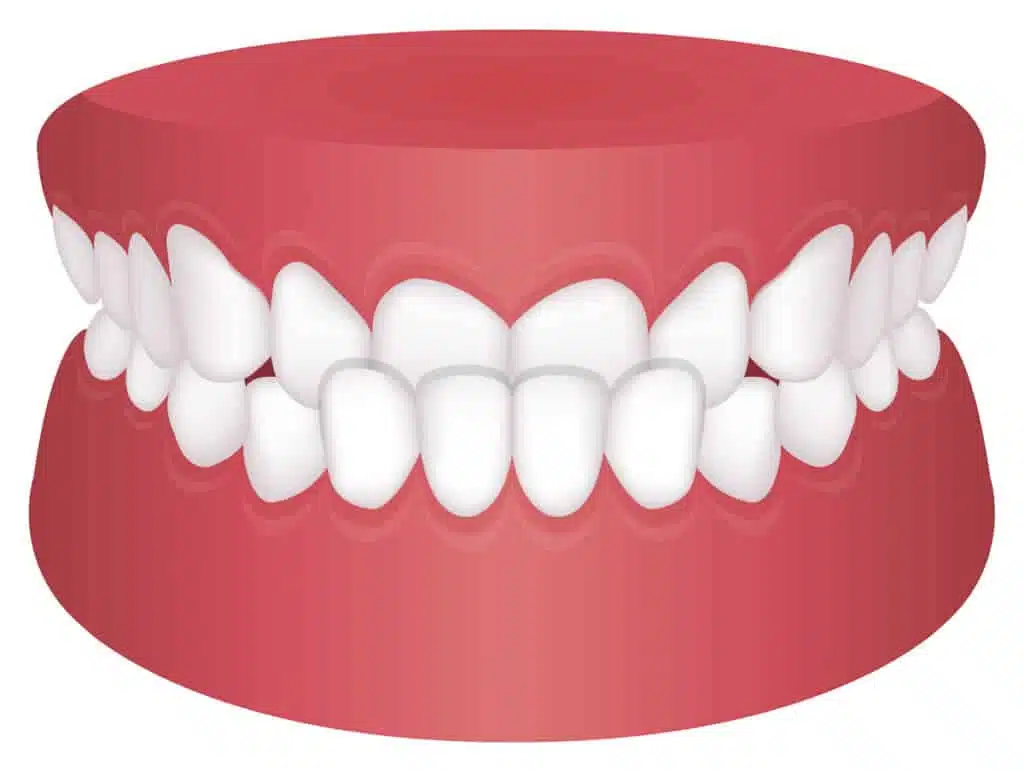
Underbite causes: How does the malocclusion develop?
An underbite can be either genetic or acquired or encouraged by various habits in early childhood.
The latter include, for example:
- Pacifiers
- Tongue depressors
- Thumb sucking
- Mouth breathing
Other causes such as atypical swallowing, the size of the tongue, and hormonal imbalance are also associated with an underbite.
Children born with a cleft lip or palate also tend to have an underbite.
| Get 150 € discount on your dental correction! |

Book a consultation appointment now at a nearby DrSmile partner practice and find out if teeth straightening with aligners is right for you.
The appointment is completely non-binding and does not involve any costs.
With the code “THATSMILE150” you will receive 150 € discount on the treatment.
What health effects can an underbite have?
An underbite can affect the way tendons, muscles and joints work together. It can have a negative impact on health and lead to visual impairment.
Possible cosmetic and health consequences may include:
- Pain due to the unnatural position of the jaw. This is because it places an extraordinary strain on the mouth and the surrounding joints.
- The underbite ensures that no even pressure is applied when biting down. This allows the bite to be loaded.
- Problems may occur when chewing and swallowing food.
- The unnatural jaw position often adversely affects the appearance of the face, creating a cosmetic problem.
- Last but not least, the visual impairment caused by the underbite can lead to psychological consequences.
Treat underbite: How to proceed?
As already mentioned, there is no acceptance or normal range for the underbite (unlike the overbite).
Treatment is therefore unavoidable to avoid cosmetic or even health impairment.
Underbite toddler, children and adolescents – this is how it is treated
Ideally, the underbite should be orthodontically corrected during childhood, but at the latest during or shortly before puberty.
If the malocclusion is severe, early treatment of the primary dentition is even recommended.
Dentists like to work with maxillary expanders, headgear or chin caps here. On the one hand, orthodontic appliances are designed to correct the position of the jaw.
On the other hand, an attempt is made to contain the growth of the lower jaw and promote that of the upper jaw.
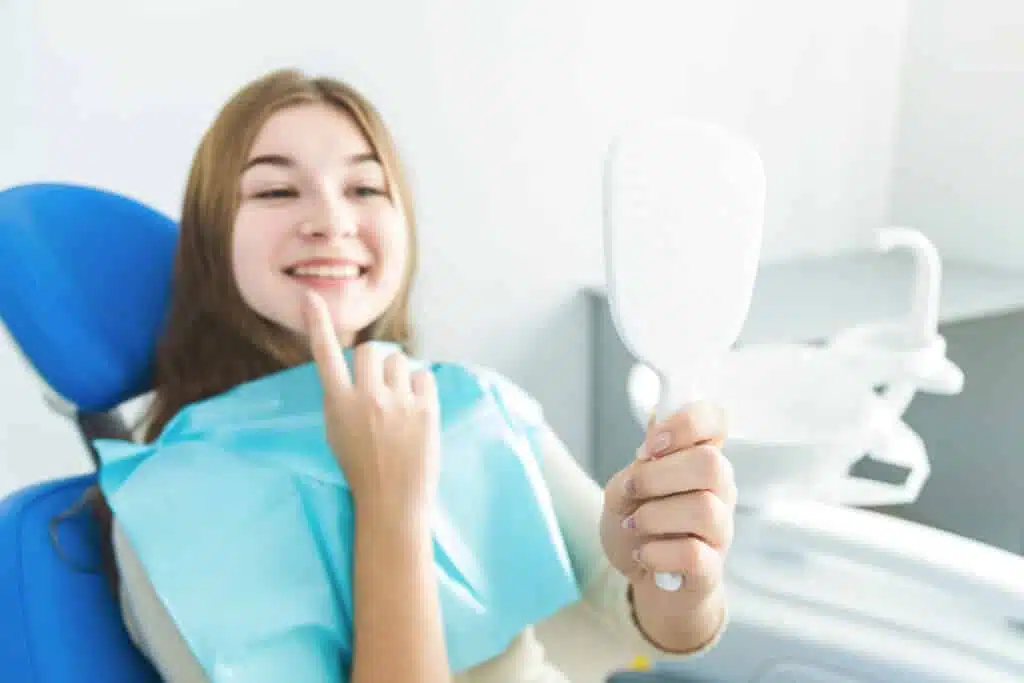
Underbite braces for adults
If orthodontic measures in childhood were unsuccessful or even missed, fixed braces may be used in adults .
Their effect is often additionally reinforced with elastics on the upper and lower brackets. They are designed to help bring the lower jaw into the correct position.
Fixed braces must be worn for several months, in some cases even for several years.
If there is an extreme underbite, it may even be that additional underbite surgery (progenia surgery or jaw surgery underbite) is necessary. In many cases, however, progenia treatment is possible without surgery.
However, quite a few adults fear the limitations of fixed braces in their professional and everyday lives.
Also for aesthetic reasons, fixed braces are an absolute emergency solution for most adults.
In addition, there is the relatively high price. This is because health insurance only covers the costs of overbite treatment in extreme cases.
As a rule, however, an underbite correction for adults has to be paid for by the patient, which is often no walk in the park with treatment costs starting from 6000 euros upwards.
DrSmile: Progenia treatment with invisible braces
In some cases, however, adults can avoid fixed braces. This is because treatment with transparent dental splints is often possible for mild to moderate degrees of tooth misalignment.
These so-called aligners enable discreet tooth correction, as they are completely transparent and fit precisely on the teeth.
They can be removed at any time. However, this is only recommended for eating and daily dental care, as they must be worn for at least 22 hours a day.
Another plus point is the price: the cost of invisible dental trays, for example, starts at just 1790 euros or 33 euros a month with the renowned provider DrSmile.
Here you can find more information about DrSmile prices.
You can find out whether your underbite can be treated with invisible aligners during a free, no-obligation consultation appointment that you can book here.
If regular aligners reach their limits, the invisible braces of Invisalign can treat a more pronounced underbite in some cases.
However, they are significantly more expensive than the products of competitors.
| Get 150 € discount on your dental correction! |

Book a consultation appointment now at a nearby DrSmile partner practice and find out if teeth straightening with aligners is right for you.
The appointment is completely non-binding and does not involve any costs.
With the code “THATSMILE150” you will receive 150 € discount on the treatment.
FAQs about underbite correction and underbite braces
At this point we will answer some frequently asked questions about underbite treatment and underbite braces.
What does an underbite look like?
The lower incisors are too far forward in an underbite. The unnatural jaw position often adversely affects the appearance of the face: the lower lip lies in front of the upper lip, the chin appears dominant and the upper lip very thin.
Is an underbite hereditary?
In fact, genetics plays an important role in tooth and jaw malocclusions. However, an underbite can also be acquired or encouraged by various habits in early childhood.
At what age should an underbite be treated?
The ideal time for an underbite correction is in or shortly before puberty. In the case of particularly pronounced malocclusions, however, an earlier start of treatment in childhood is often recommended.
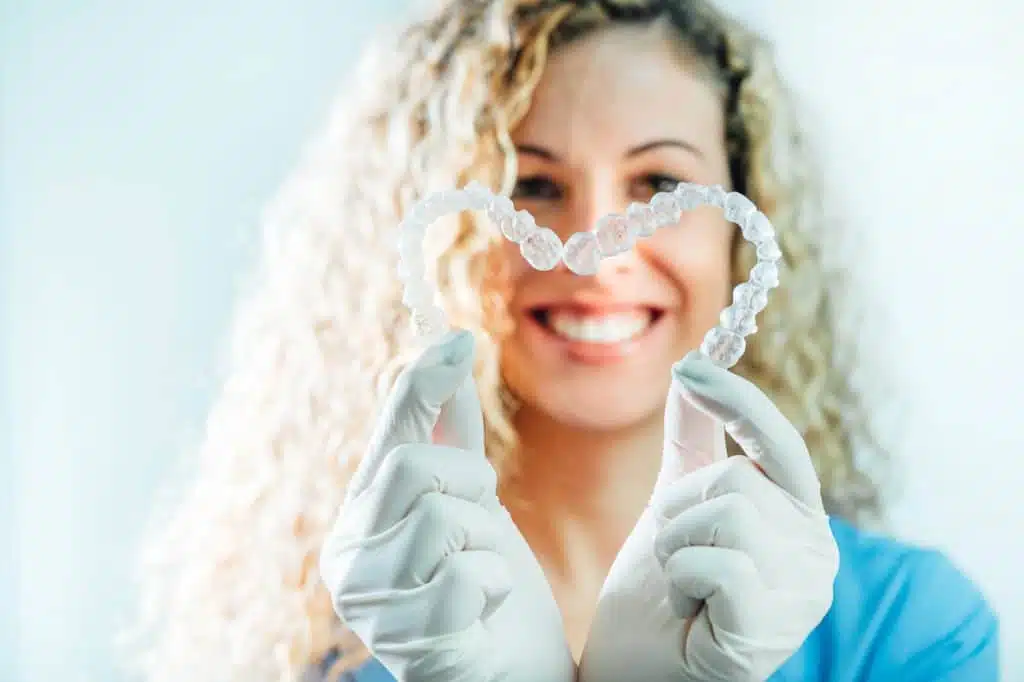
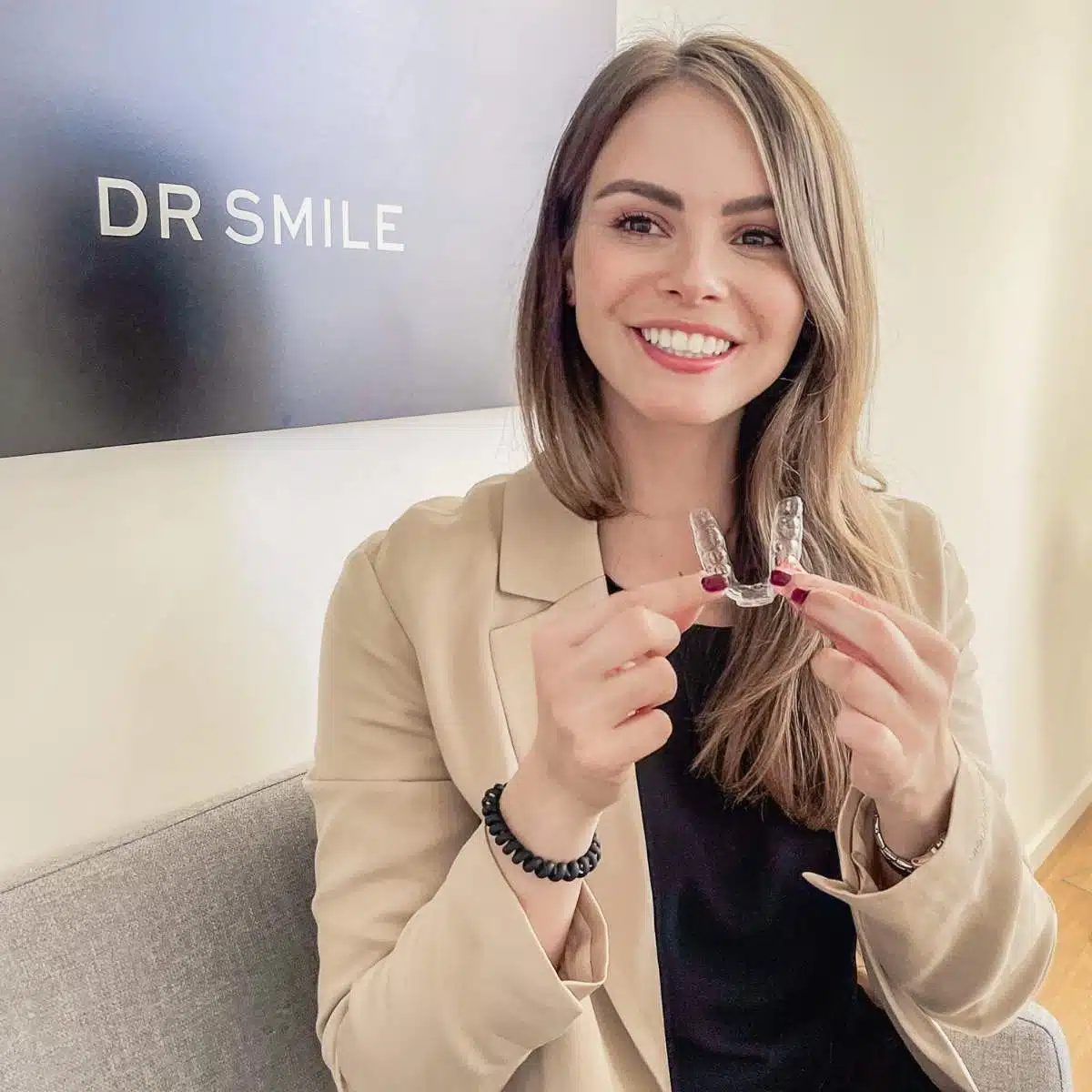
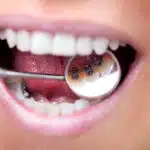

Leave a Reply